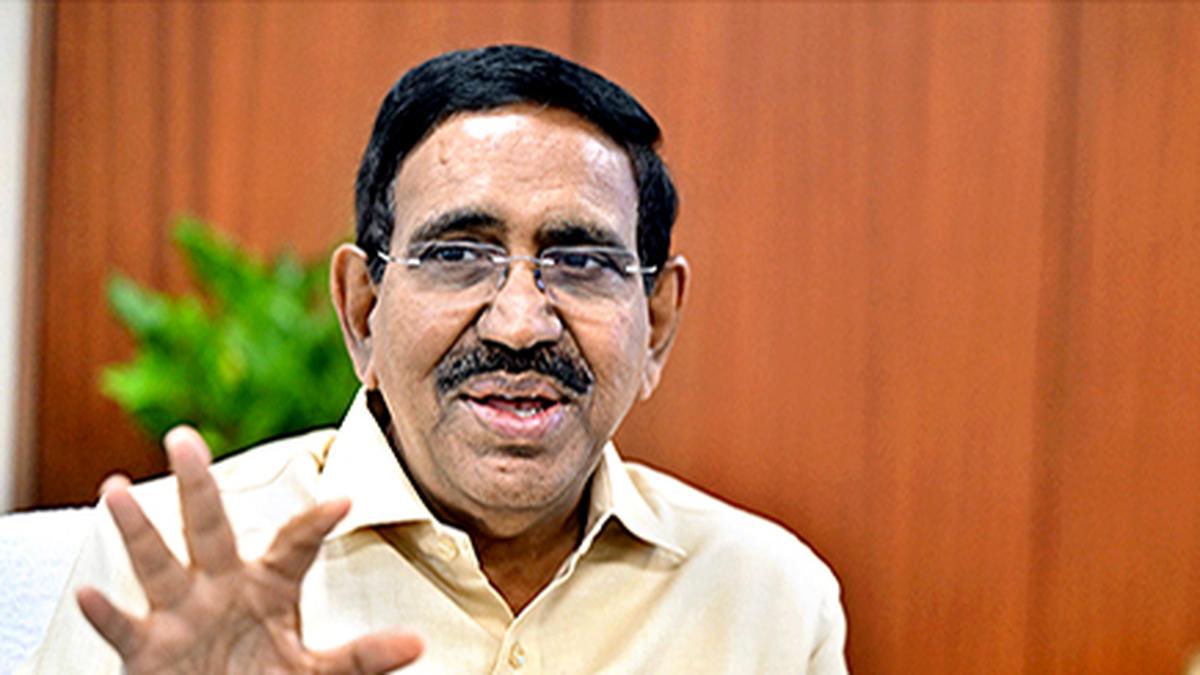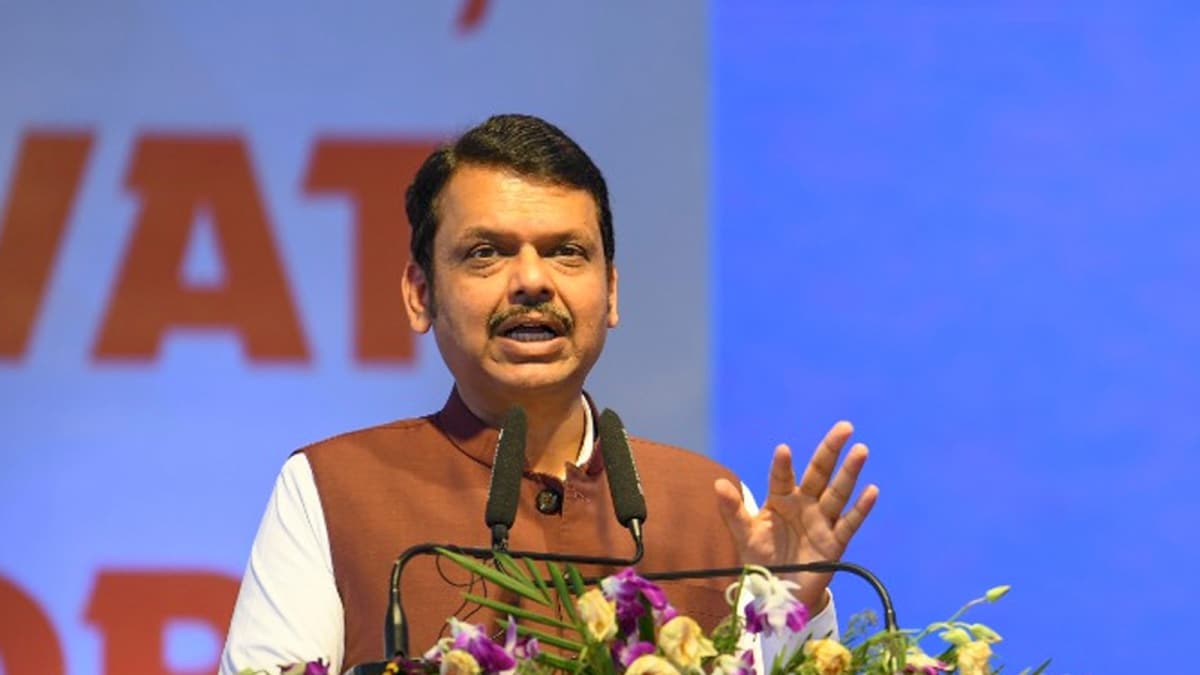ARTICLE AD BOX
Last Updated:July 20, 2025, 12:22 IST
Two brothers from Himachal Pradesh's Hatti community married the same woman, Sunita Chauhan, reviving the ancient polyandry tradition 'Jajda', drawing national attention.

Though now uncommon, the tradition persists in parts of Himachal’s tribal areas such as Kinnaur. (Image: X)
In a rare event, two brothers from Himachal Pradesh married the same woman, drawing widespread attention. The men who belong to Himachal’s Hatti community have revived the centuries-old unconventional tribal tradition of marriage called ‘Jajda’.
The rare wedding event captured national attention after photos of a bride marrying two brothers in Himachal Pradesh went viral on social media. The wedding was held in Shillai village of Sirmaur district on July 12.
The wedding event has brought back to life the centuries-old practice of polyandry—where one woman marries multiple men, usually siblings—which is now losing its relevance.
Himachal Brothers Marry Same Woman
The bride, Sunita Chauhan, tied the knot with Pradeep and Kapil Negi in a three-day ceremony that featured local folk songs, dances, and community festivities, news agency PTI reported.
While polyandry is increasingly becoming rare in modern times, the trio embraced the tradition publicly, calling it a matter of pride.
The Jodidara tradition remains legally recognised under Himachal Pradesh’s revenue laws and is historically practiced among the Hatti community, which was declared a Scheduled Tribe in 2022.
Though now uncommon, the tradition persists in parts of Himachal’s tribal areas such as Kinnaur and also in Jaunsar Babar, a tribal region of neighbouring Uttarakhand.
Why Is This Rare Tradition Practised?
The actual wedding ritual is known as ‘Jajda’, and it begins with the bride arriving in a ceremonial procession to the groom’s village. A key component of the ceremony is ‘Seenj’, a ritual performed at the groom’s residence, where priests chant mantras in the native dialect.
According to Kundan Singh Shastri, General Secretary of the Kendriya Hatti Samiti, the tradition dates back thousands of years and was originally developed to prevent the division of ancestral land among heirs.
“This tradition was invented thousands of years ago to save a family’s agricultural land from further division," PTI quoted Shastri as saying.
Shastri added that the tradition promotes unity and cooperation within extended families, even among half-brothers. In tribal society, he said, a larger male workforce offered not only economic benefits but also increased security. “If you have bigger family, more men, you are more secure in a tribal society", Shastri added.
The Hatti community lives in the Trans-Giri region along the Himachal Pradesh–Uttarakhand border. According to media reports, five such polyandrous marriages have taken place in the last six years in Badhana village in Sirmaur district.
Despite its historical roots, the unconventional custom is now fading fast due to rising literacy, especially among women, and improved economic conditions. In most villages, polyandry is no longer openly practiced and survives only in isolated cases—often discreetly.

Manisha Roy is a Senior Sub-Editor at News18.com's general desk. She comes with an experience of over 5 years in media industry. She covers politics and other hard news. She can be contacted at Manisha.Roy@nw18...Read More
Manisha Roy is a Senior Sub-Editor at News18.com's general desk. She comes with an experience of over 5 years in media industry. She covers politics and other hard news. She can be contacted at Manisha.Roy@nw18...
Read More
- Location :
Sirmaur, India, India
- First Published:
News india 1 Wife For 2 Brothers: Why Himachal Pradesh's Hatti Tribe Practices Rare Polyandry Tradition
Disclaimer: Comments reflect users’ views, not News18’s. Please keep discussions respectful and constructive. Abusive, defamatory, or illegal comments will be removed. News18 may disable any comment at its discretion. By posting, you agree to our Terms of Use and Privacy Policy.



.png)
.png)
.png)
















 6 hours ago
7
6 hours ago
7









 English (US) ·
English (US) ·